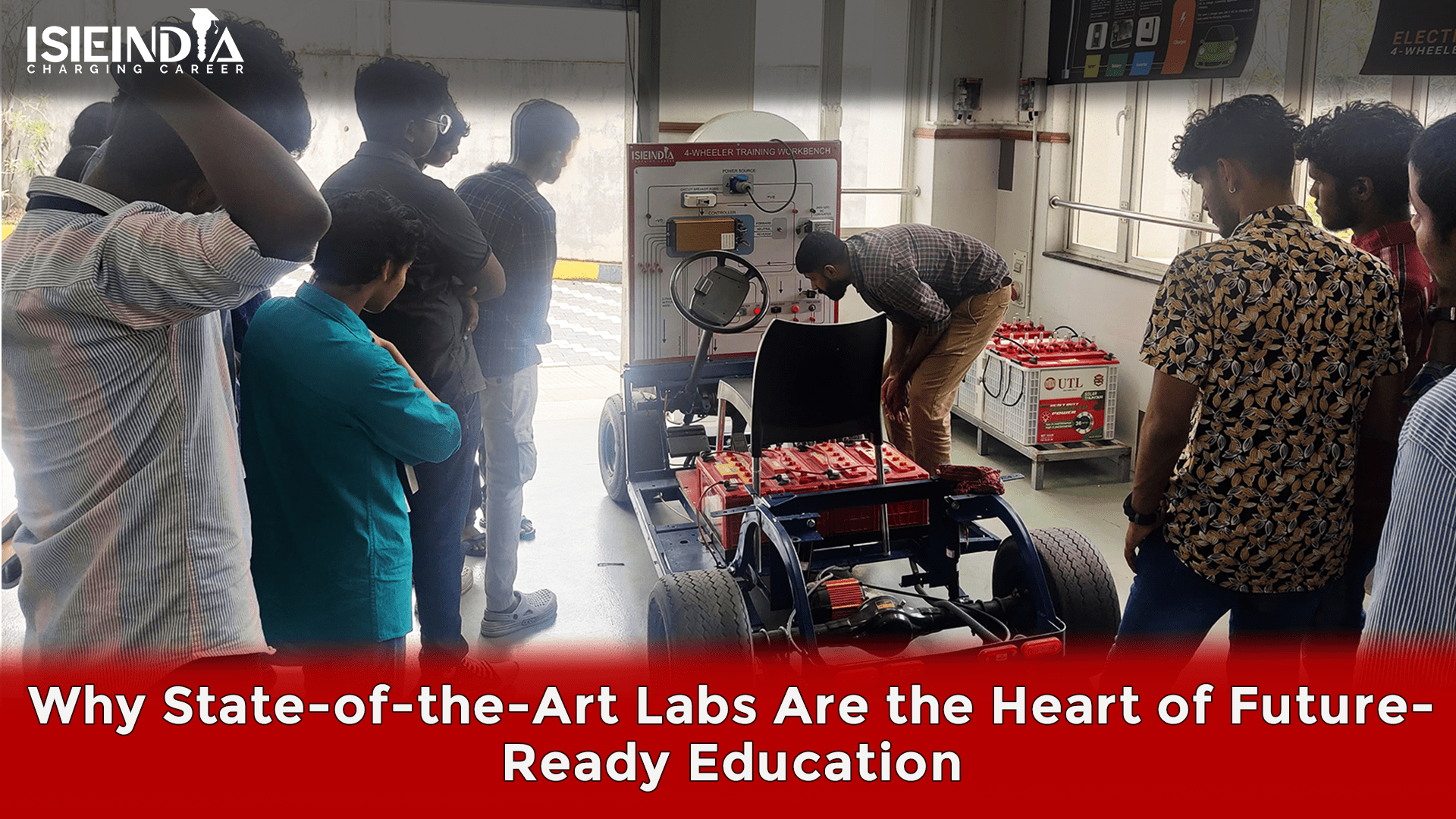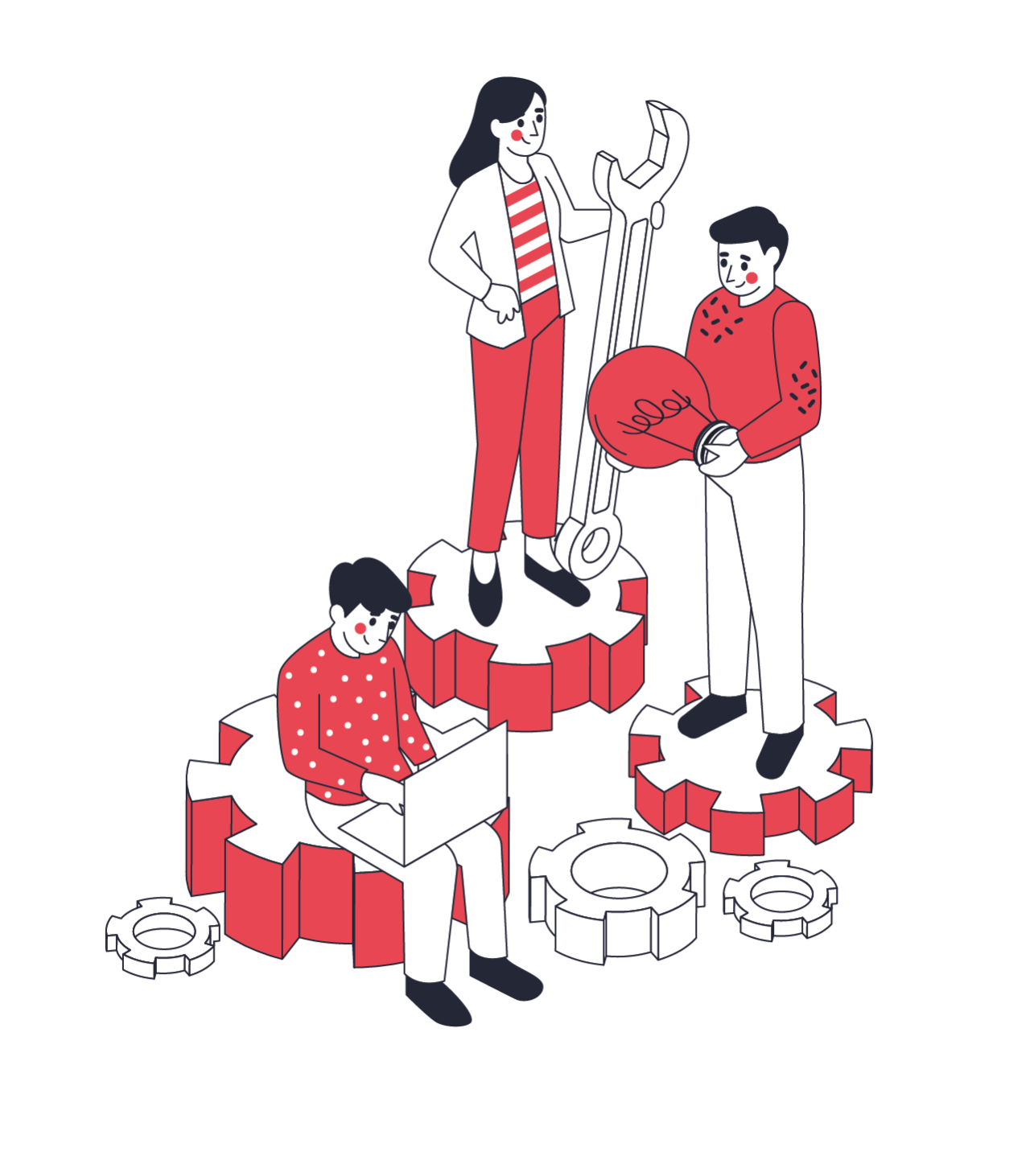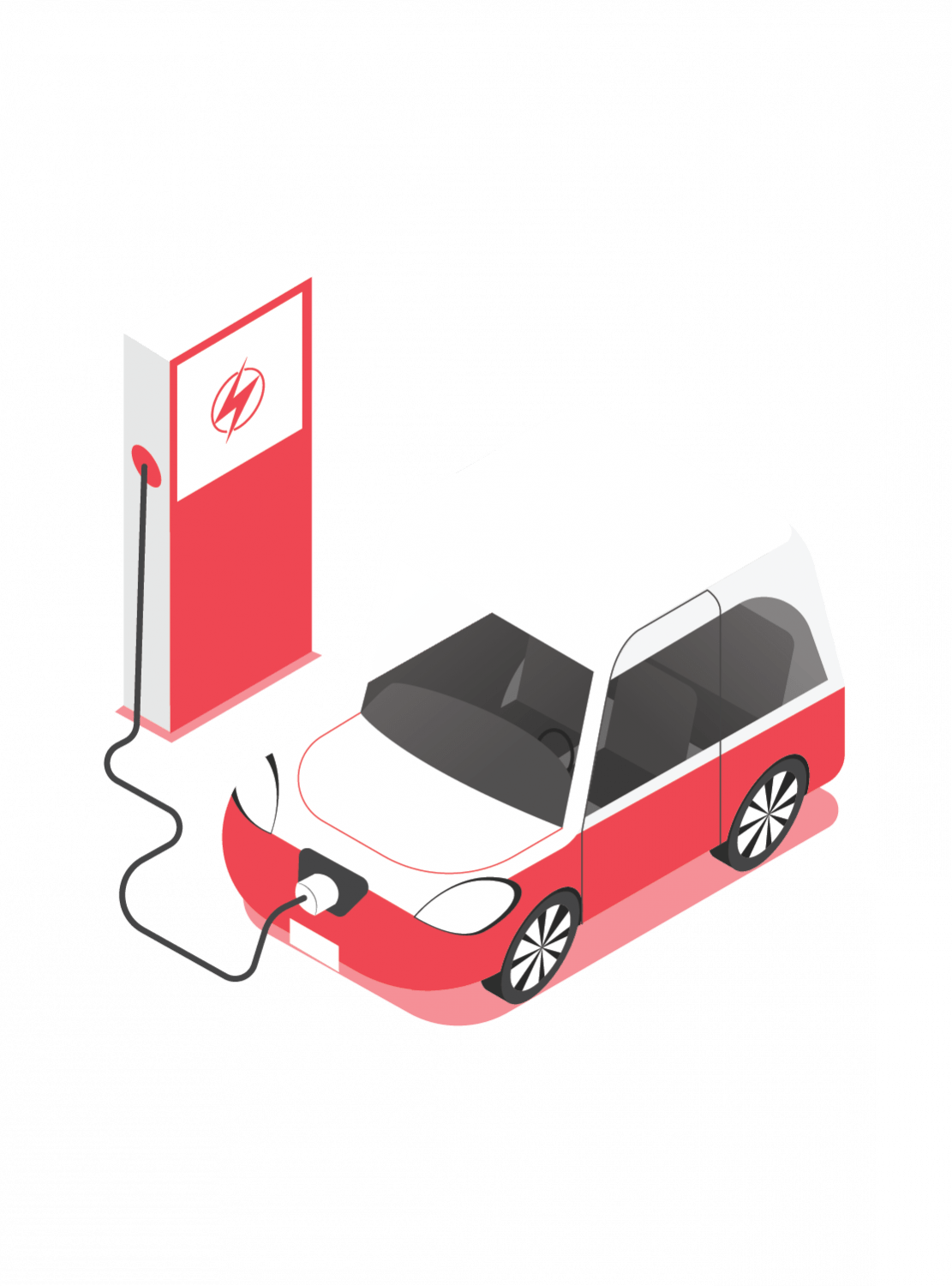Why Your College Needs State-of-the-Art Labs for Future-Ready Students
We’ve all sat in a classroom, eyes glazing over as the words “theoretical application” echo off white walls.
You memorize. You repeat. You pass.
But when real life knocks at your door, it doesn’t ask for answers from textbooks.
It asks, Can you build it? Can you solve it? Can you lead it?
And that’s where state-of-the-art EV labs come in—not as fancy facilities, but as living, breathing ecosystems of innovation.

EV Labs: Where Curiosity Finds Direction
In the age of AI, green mobility, and energy transitions, we need doers, not just degree-holders.
We need students who ask “what if…”and know how to turn that into “let’s test it.”
Modern labs bridge that gap between curiosity and capability. They don’t just tell students about motors, batteries, sensors but they let them hold, assemble, program, and improve them.
It’s the difference between studying light and learning how to make it travel faster.
A Place Where Failure is a Feature, Not a Flaw
No one learns to ride a bicycle by reading a manual. You fall, you wobble, you rise.
EV labs create a safe space to fail forward—where sparks fly, circuits misbehave, and nothing goes as expected. But that’s exactly where learning begins.
“In our EV lab, I short-circuited a motor on day two. But by day five, I’d figured out how to optimize it,”
—said Ansh, a third-year engineering student.
Failure here isn’t embarrassing. It’s encouraged. Because it means you’re trying something real.
Training for Jobs That Don’t Exist Yet
Let’s face it, our world is evolving faster than curriculum updates.
Tomorrow’s jobs will demand:
- Practical Knowledge of EV systems, renewable tech and AI-powered automation
- Ability to prototype, test, and adapt quickly
- A deep understanding of how systems work, not just what they are
Labs make students future-proof not by teaching them all the answers, but by giving them the tools to find their own.
- Innovation Begins in the Hands of Students
Some of the most exciting student innovations started in labs:
- A self-repairing battery module
- A campus-made EV with 40% improved efficiency
- An AI system that predicts vehicle motor failure before it happens
These weren’t Google projects.
These were built by students ages 19 to 21 who had the space, mentorship, and access to tools.
Imagine what could happen if every college empowered their students like this.
More Than Tech—It Builds Mindsets
A cutting edge EV lab doesn’t just teach circuits and sensors. It shapes:
- Confidenceunder pressure
- Gritthrough late-night debugging
- Criticalthinking in unpredictable scenarios
- Collaborationthrough real-world team projects
- Entrepreneurialspirit that dares to try
These are the real skills that companies, startups, and research institutions are begging for.
And no, a 90% in theory won’t build that.
But a sleepless night in a lab debugging your team’s EV project? That just might.
So, What Should You Do?
If you’re a college decision-maker, educator, or policymaker reading this, here’s what matters:
Invest in labs.
Not because it’s trendy. But because the future is already here and students are eager to shape it.
Give them tools, not just talks.
Give them circuitry, not just citations.
Give them a lab. They’ll give you the future.
At ISIEINDIA, we’ve helped 750+ campuses build future-ready labs focused on EVs, renewable energy, and sustainable tech. The results? Startups launched, patents filed, and job-ready students with purpose.
Let’s create not just graduates, but game-changers.




